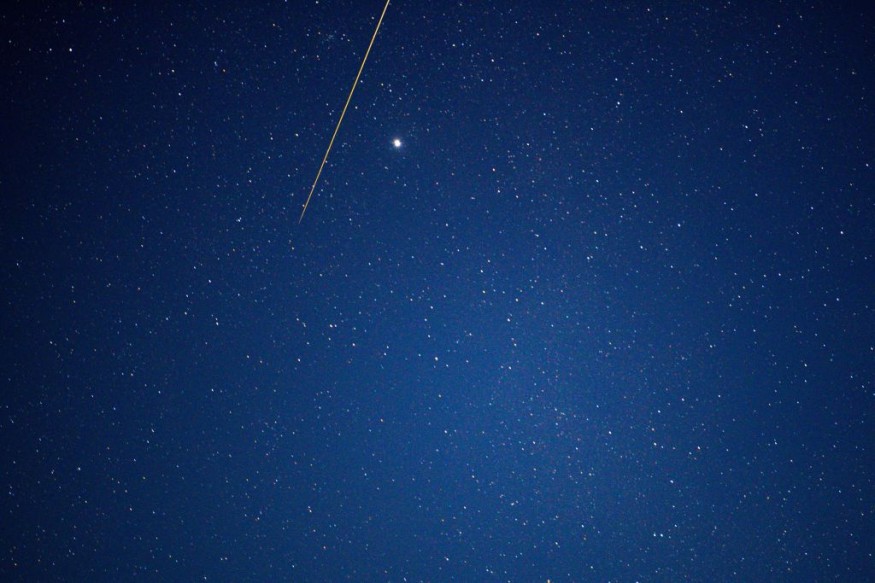Twin asteroids have been spotted by an international team of astronomers at the Lowell Observatory in Arizona, USA.
The space rocks are currently separated by a distance of 1 million kilometers (600,000 miles) from each other.
However, the astronomers estimated that the pair of asteroids were once intact but likely broke apart approximately 300 years ago, making the two asteroids the youngest members of the solar system.
It is still unclear how the mysterious near-Earth twin asteroids broke off.
Near-Earth Twin Asteroids: 2019 PR2 and 2019 QR6

Astronomers discovered near-Earth twin asteroids named, 2019 PR2 and 2019 QR6, separately in August 2019 but later on, they observed the similarity of their orbits, according to new research published by the Lowell Observatory in the journal Monthly Notices of the Royal Astronomical Society on Feb. 4.
The new research showed that the pair of asteroids never gets closer to the sun beyond Earth's orbit, and that the twins only wander as far as Saturn's orbit.
Earth's distance from the sun is around 150 million kilometers (93 million miles), while Saturn's distance from the sun, is around 1.4 billion kilometers (886 million miles).
D-Type Asteroid
Scientists refer to the space rocks as a D-type asteroid where scientists believe such category of asteroid is rich in mineral compounds that quickly disappear into space if the rocks get too hot, as per Space.
The astronomers added that D-type asteroids close to the sun are rare to find.
Furthermore, "D-type asteroids represent a complex mystery related to the history, compositional chemistry, and dynamical migration of Outer Solar System objects," according to a dissertation published at the University of North Dakota in 2019.
The dissertation added these D-type asteroids have featureless bodies and have raised many inquiries over the past four decades.
The said asteroids also consist of mineral chemistry on their surface, said Gordon Gartrelle, the author of the dissertation.
Youngest Members of the Solar System
"It's very exciting to find such a young asteroid pair that was formed only about 300 years ago, which was like this morning - not even yesterday - in astronomical timescales," says Petr Fatka, the lead author of the new research and an astronomer at the Astronomical Institute of the Czech Academy of Sciences.
The scientists also conducted archival research and found that the twin asteroids were also spotted in 2005 by the Catalina Sky Survey in Arizona, USA, but were not able to fully detect and identify the space rocks at the time.
The archival research allowed scientists to determine that the twin asteroids may have been only a single space rock but got separated approximately 300 years ago.
Although there are a large number of asteroids in our solar system, the said twin asteroids are considered to be the youngest found.
Asteroids are space rocks that originated from the formation of the universe and are responsible for the formation of planets in our solar system several billions of years ago.
According to the new research, most of these asteroids are located between the orbits of Mars and Jupiter, known to be as the main asteroid belt.
© 2025 NatureWorldNews.com All rights reserved. Do not reproduce without permission.





